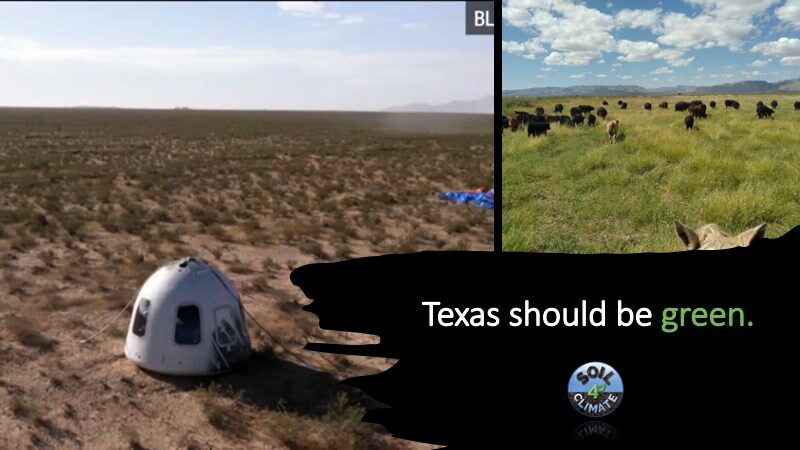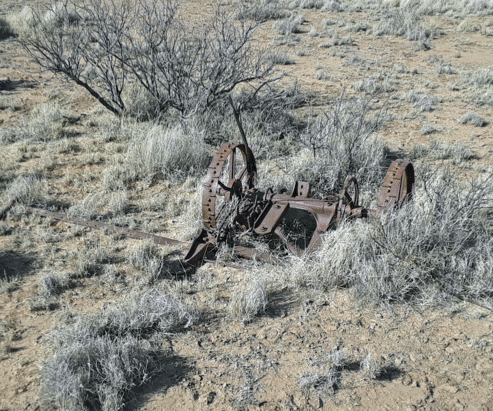In most cases, holistic and regenerative grazing programs rely on electric fence to control where cattle graze in order to "mimic the action of wild, migrating, herds of herbivores." In the above picture is on the Mashed O ranch in Kansas. These 1,300 cows are migrating around the pasture as a herd (only taking up nine acres in this picture.) We call this Instinctive Migratory Grazing, or IMG for short.
IMG does not "mimic herds," but creates herd by rebooting the herd instinct allowing ranchers to follow holistic and regenerative grazing plans with less infrastructure and labor while allowing for more flexibility. Once herd instinct is rebooted, it is possible to contour graze without the need for daily moves. How often we adjust their grazing path is dependent upon factors such as riparian areas and roughness of the terrain. In difficult terrain, or in protecting riparian areas, they may need daily moves. However in other areas, cattle may migrate around a pasture of a thousand acres or more with no need to be adjusted. This also allows fewer water points to build and maintain, as explained in this Working Cows podcast interview by a client in Wyoming. You can listen to it while perusing the rest of this site.
The following two pictures were taken within three days of each other. The picture on the left is where Jeff Bezo's space capsule landed. The picture on the right is of my Van Horn, Texas project a mere 20 miles south of the Blue Origin launch pad. The project was in it's 22nd month, with the first 20 months being a sever drought with less than 4" of moisture. With proper management, his 400,000 acres would be making a similar transition.

Successful regenerative grazers have a saying
"It isn't how much rain you get, but how you use what rain you get."
This short video shows what is meant by that statement.
Leave a message at  and I will get back to you
and I will get back to you
Desertification of the Southwestern USA

An abandoned mower from when native grass hay was cut on this very spot less than 70 years ago. It is possible to regenerate these grasslands through planned biological regenerative grazing using IMG. During the IMG schools, there is discussion on how to plan, and keep the plan flexible, as well as designing water plans at a minimal cost.
